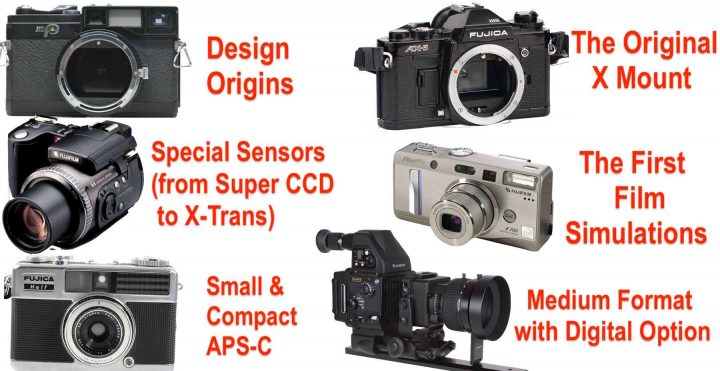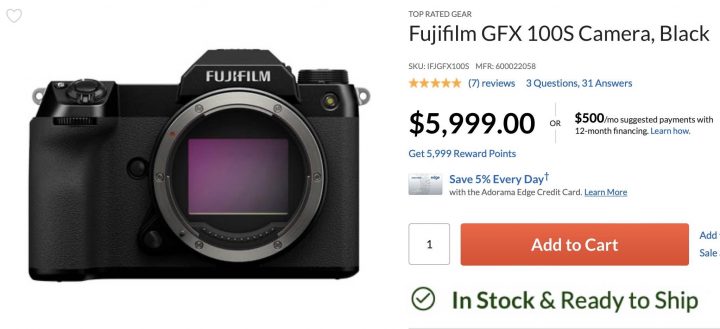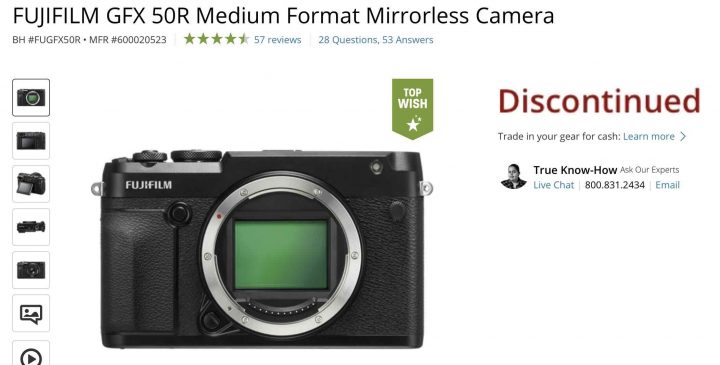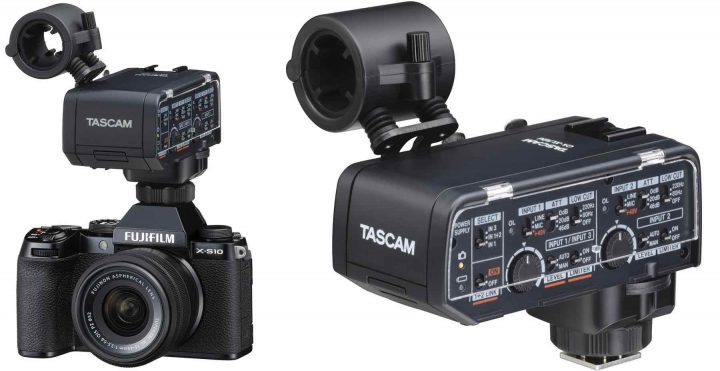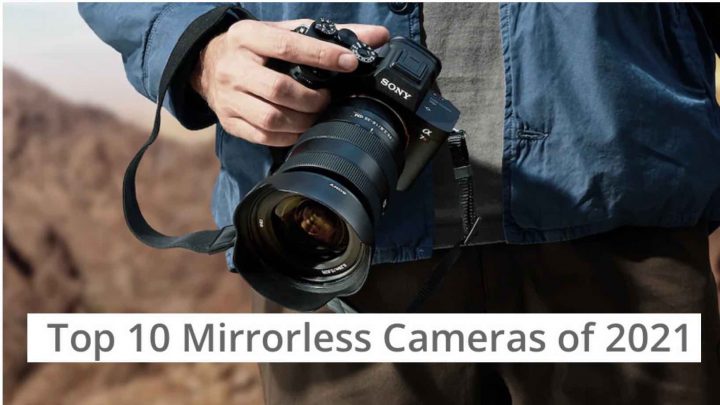Save up to €500 on Fujinon GF Lenses, GFX Full Frame Trade-In Deal and X-T4/X-T3 Savings in Europe
New deals are spreading all over Europe (in addition to the ones already running).
As usual, there might be slight difference according to different European countries, but often they more or less match each other.
I will list below the deals for Germany and UK.
Germany
GF Lens Deals – End March 31
- GF30mmF3.5 R WR (save €300)
- GF45mmF2.8 R WR (save €300)
- GF50mmF3.5 R LM WR (save €200)
- GF63mmF2.8 R WR (save €300)
- GF110mmF2 R LM WR (save €500)
- GF120mmF4 R LM OIS WR Macro (save €500)
- GF32-64mmF4 R LM WR (save €500)
- GFX Trade in Deal: Trade in selceted Full Frame / Medium Format cameras and get €300 on top of your trade-in value if you purchase a GFX50SII or €500 top top of your trade-in value if you get the GFX100S. Deal available at official retailers like Calumet Germany here. List of qualified full frame trade in gear here.
X-T4 and X-T3 Deals – End March 31
- X-T4 body (save €200): CalumetDE / AmazonDE
- X-T4 with XF18-55mmF2.8-4 R LM OIS Kit (save €200): CalumetDE / AmazonDE
- X-T4 with XF16-80mmF4 R OIS WR Kit (save €200): CalumetDE / AmazonDE
- X-T3 with XF18-55mmF2.8-4 R LM OIS Kit (save €100): CalumetDE / AmazonDE
- X-T3 with XF16-80mmF4 R OIS WR Kit (save €100): CalumetDE / AmazonDE
- X-T3 with XF18-55mmF2.8-4 R LM OIS + XF55-200mmF3.5-4.8 R LM OIS Kit (save €100): CalumetDE / AmazonDE
UK
Full list of X and GFX deals here – End March 31
GFX Gear
- GF30mmF3.5 R WR (save £250)
- GF45mmF2.8 R WR (save £250)
- GF50mmF3.5 R LM WR (save £170)
- GF63mmF2.8 R WR (save £250)
- GF110mmF2 R LM WR (save £420)
- GF120mmF4 R LM OIS WR (save £420)
- GF32-64mmF4 R LM WR (save £420)
- GFX100S – up to £470 trade in bonus
- GFX50SII – up to £270 trade in bonus
- Save £150 on the following lenses when bought with a GFX50S II (Body Only): GF63mm / GF32-64mm / GF110mm / GF30mm
- Save £450 on the following lenses when bought with a GFX100S: GF63mm / GF32-64mm / GF110mm / GF30mm
X Gear
- X-S10 (save £100)
- X-T4 body or with XF18-55 or with XF16-80 (save £150)
- X-T3 body or with XF18-55 or with XF16-80 (save £100)


